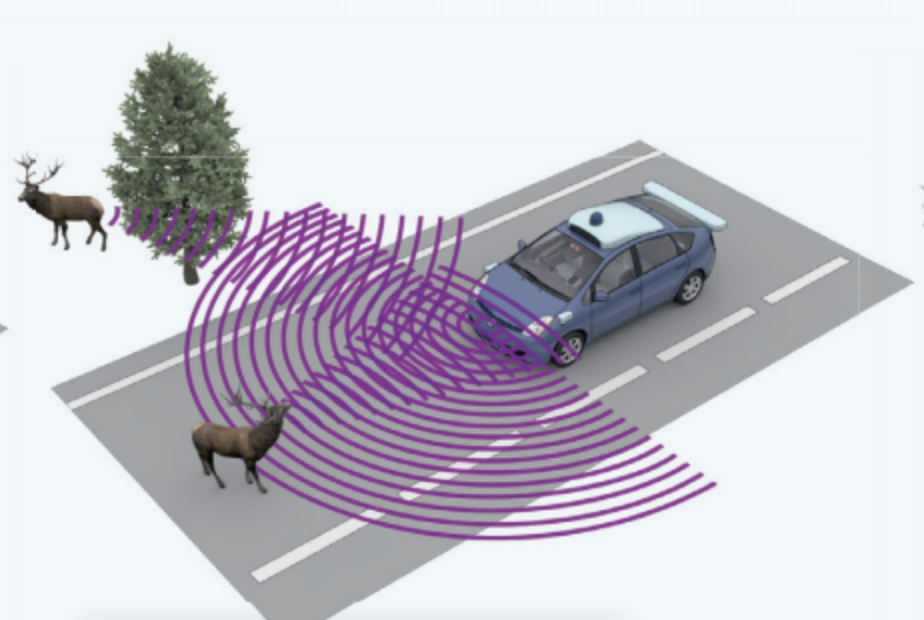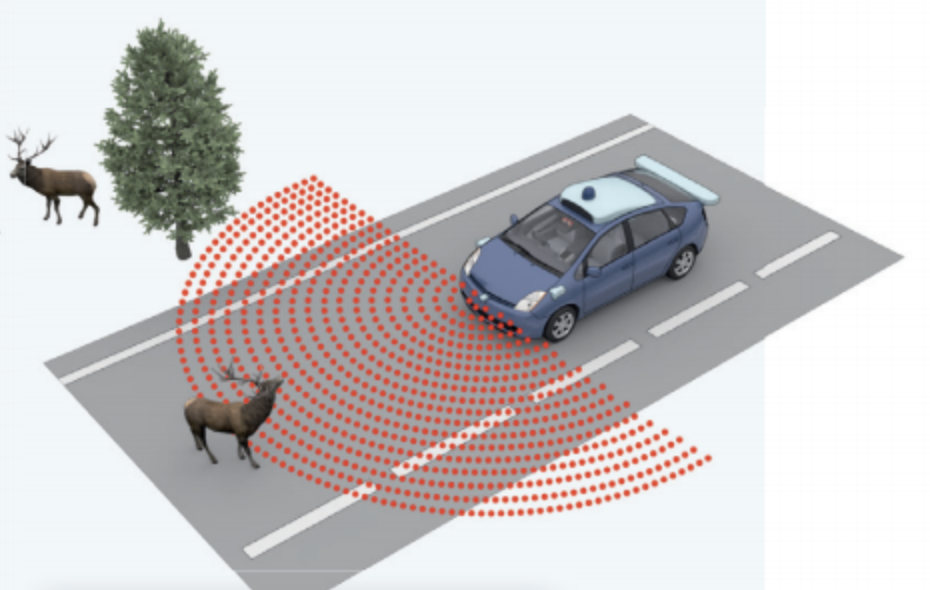Road to a driverless future
by Ailsa Harvey · 19/01/2021
Instead of you driving your car, soon your car could be driving you

They may still be a work in progress, but driverless cars are leading us towards a future where taxi drivers are out of a job and no one holds the role of designated driver on a night out. Car companies like Lexus, BMW and Mercedes are developing this innovative technology in a race to release the first commercial self-driving car.
Until recently, driverless cars were reserved for sci-fi films, but soon the roads could be covered in our ‘Batmobile’ equivalents. Tesla estimates that its cars, with “full self-driving” capabilities, should be available before the end of next year.
They may still seem an entirely futuristic prospect, but the first research on these vehicles was conducted in around 1500. Admittedly a much simpler concept, limited in possibility and not needing as many safety precautions, Leonardo da Vinci designed a self-propelled cart. This cart is sometimes considered to be the world’s first robot as it could move without being pushed or pulled. Steering was set in advance to determine its path – a method not too dissimilar to our future cars.
Much later, in 1933, the development of autopilot systems meant that aircraft used in long flights were able to fly without pilots continuously having to control the plane. Sperry Gyroscope Co. was the company that designed the first autopilot prototype, and gyroscopes still play a huge part in driverless vehicle technology.
An important first step in developing the safety of driverless cars arose in 1987, when German engineer Ernst Dickmanns installed cameras and 60 micro-processing modules onto a saloon to enable it to detect other objects on roads. Using them at the front and back of the vehicle, the system was programmed to only focus on relevant objects. Driverless cars use this to ensure that, when on the road, they can spot hazards and prevent crashes. However, after a pedestrian was killed by a driverless Uber car in 2018, questions were raised into whether this new technology will ever be safe enough. While they hold the potential to prevent accidents caused by human error, if both manual and autonomous cars are using the road at the same time, there is a higher chance of one acting in a way the other doesn’t expect, increasing the chances of collisions.
Currently, the closest most have got to testing the transport of tomorrow is using autopilot – a feature that Tesla introduced to its vehicles in 2015. Somewhere between manual and driverless, this hands-free tool for motorway travel was provided as a single software update for drivers. Overnight, customers were able to experience just a taste of the freedom that driverless cars will provide.
Driving automation levels

Fully manual
Like the majority of cars that are currently on the road, this level requires a person to control every aspect of driving.

Driver assistance
In this level, just one aspect of driving is automated. Examples include the steering, speed or controlling the brakes.

Steering and speed
Partial automation means that the car can drive itself. However, at this level someone is still required to monitor driving.

Environment detection
The vehicle starts monitoring the driving environment, but human override is required if the system fails.

High automation
Able to act itself if things go wrong, a level 4 vehicle can perform all driving tasks. However, human override can still be used.

Full automation
Humans aren’t needed for any aspect of driving, as the vehicle can do it all. Highly responsive, it can be used in all conditions.
Traffic tamers
Saying goodbye to drivers could, in turn, mean saying goodbye to traffic jams. With instant radio feedback closely following movements ahead, self-driving cars can communicate with each other and will likely have faster reaction times than humans. Anyone can cause a traffic jam. By simply tapping your brakes, a chain reaction results in a wave of cars behind you being forced to do the same. Scientists have shown that driverless vehicles use their fuel and time more efficiently, improving vehicle flow by around 35 per cent.
Introducing just a few driverless cars has shown to double the average speed of surrounding vehicles. However, it may take a while before these perks are truly seen, as some believe we need to wait until there is a driverless majority before it has a significant impact on traffic.
How does a driverless car see?

Camera
Detecting lane lines and reading road signs, cameras can only view what the sunlight or headlights light up.

Radar
Beneath the car’s metal shell, radar observes surroundings for hundreds of metres. Radio waves bounce off objects, relaying information on the speed and direction.

Lidar
Sending out millions of light pulses each second to reflect off of nearby objects, lidar detects shapes even in the dark.
(Image credits: Wildlife Art Limited / Ta The Art Agency)
This article was originally published in How It Works issue 130 written by Ailsa Harvey
For more science and technology articles, pick up the latest copy of How It Works from all good retailers or from our website now. If you have a tablet or smartphone, you can also download the digital version onto your iOS or Android device. To make sure you never miss an issue of How It Works magazine, subscribe today!





